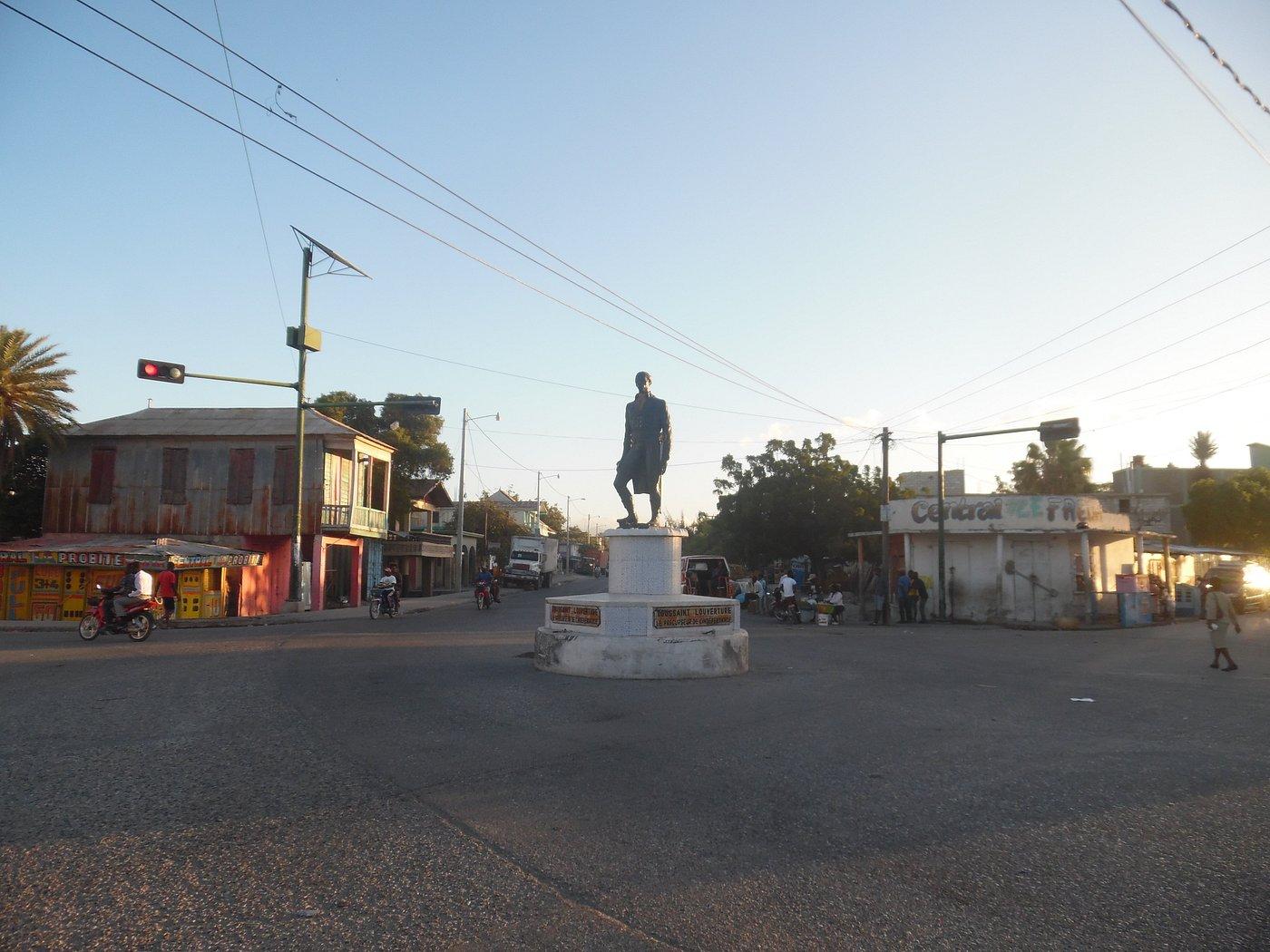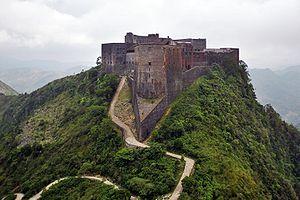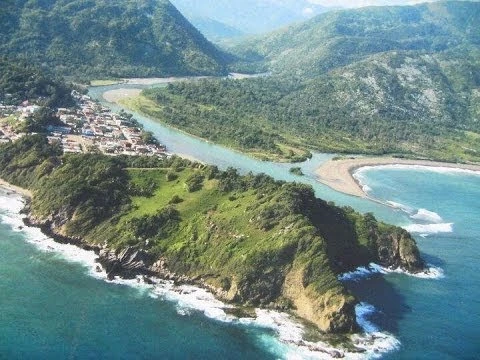Gonaïves, the third largest city in the country, is also the first historic city of Haiti. Its role in the tumultuous history of the country makes it an emblematic place filled with symbols. It is in this city that the destiny of Haiti’s independence was played out, and its name still resonates today as the cradle of insurgent hearts.
A warm and dusty city, Gonaïves is located at the crossroads of roads leading to Cap-Haïtien, Port-de-Paix, and Hinche via Saint-Michel-de-l’Attalaye. Although it is close to salt marshes and has a small port, Gonaïves does not give the impression of being a coastal city. For all Haitians, it is mostly known as the “city of independence,” because it was here, on the Plaza d’Armes, in the shade of the palm tree of liberty, that the country’s independence was proclaimed on January 1, 1804. This historic act was drafted and signed at the Vernet mansion, and Boisrond-Tonnerre became famous for his speech full of symbolism: “To write the birth certificate of our freedom, one needs the skin of a white person as parchment, their skull as inkwell, and a bayonet as pen.” Today, the Independence Memorial stands at the corner of Liberté and Toussaint-Louverture streets, bearing witness to this significant historical event.
Gonaïves is steeped in a memorable and captivating atmosphere, as evidenced by the Vodou sanctuaries of Souvenance and Soukri. These pilgrimage sites are the scene of large ceremonies dedicated to the spirits of the Dahomey royal family. Chants, dances, and sacrifices are part of these rituals rich in tradition.
Sea lovers can also enjoy the port of Gonaïves, which once served as a pier for agricultural products from the region. Around the port, the fishing village offers a picturesque spectacle with its traditional boats and lobster traps.
For travelers in search of memories of Haitian history, the northern plain and the Bois Caïman forest are must-see places. It was here, in August 1791, that Boukman galvanized slaves by promising them freedom and encouraging them to fight for it. The monument to the “Heroes of Bronze,” erected in 1955 to celebrate the glory of the warriors of independence, testifies to the importance of this historical event.
Visiting Gonaïves means immersing oneself in the heart of Haitian history, feeling the pride of independence, and discovering traditions rich in colors and symbols. The heat and dust that characterize the city only add to its charm and authenticity. Gonaïves is an invitation to be carried away by history and to understand the rebellious and indomitable soul of Haiti.
Practical information:
Restaurants and hotels in Gonaïves offer accommodation and dining options for travelers.
For dance enthusiasts, the Alliance Française offers dance nights on Wednesdays.
The Bouteille Square, or Independence Square, as well as the monument of the same name on Louverture Street, are places full of historical symbols not to be missed during your visit to Gonaïves.












